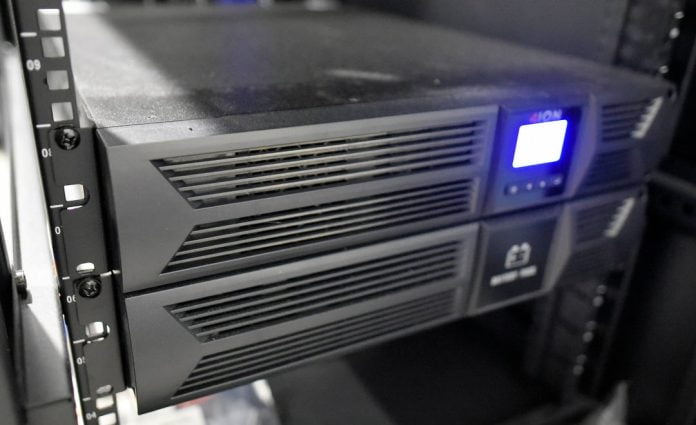We see many semi-integrated electronic security solutions in SME applications with patchy power supplies. If the end user is lucky, there may be a UPS delivering backup power and some protection, but it’s typically not monitored and plugs into the nearest wall socket.
Rarely is there any sign the installer had a consistent plan when it came to ensuring secure and reliable power supply. What sorts of things do you think should be foremost in the mind of careful security installers and security integrators when it comes to powering electronic security subnets or integrated systems for small medium businesses?
A: When it comes to power, you really need to go all the way back to the source and work your way through to each load. You will want power’s entry point to be secure. There’s unlikely to be a generator in an SME application, though there may be in rural applications. You might want the solar system on the roof and its supporting battery bank to be part of the equation. You will certainly want the power service to be isolated and regulated upstream.
When it comes to UPS, choose something that is over-specified for your requirements, a device that incorporates functions which support and cleanse the supply. A quality UPS is not just a backup battery – it will iron out fluctuations, safely shut down connected systems, will filter out distortions and line transients, micro-manage load changes, filter EMI and noise, will act fast, will be reliable, and will be compact and lightweight for its output.
It’s a whole other debate about whether or not to use AGMs or Li-Ion/LiFePo backup batteries for UPS. In remote applications we might go with a lithium option, especially if there are space constraints. But for applications in which outs are going to be relatively brief, quality AGM will be enough. It will also be cheaper and larger/heavier.
No matter what lithium pundits say, you can hammer a quality lead-acid AGM battery well past 50 per cent draw – the secret is that it be immediately replenished to avoid sulfation and the potential for later internal shorts. There’s probably no application in which a deep cycle AGM will be more quickly recharged than a UPS connected to mains. If you want to pay more for higher quality AGM batteries, think Fullriver or Victron. When things get really serious, Lifeline AGM batteries are peerless, with a lifespan of 10 years plus.
Physical security plays into power supply – you want all of the building’s transformers, electrical panels, control boards, communications modules, etc – protected from unauthorized access and monitored by the security system. Achieving this will be way harder than you think, especially in SME applications. Just think of the typical NBN box sitting out front of a store and accessible from the street. Or the power board on an external wall that “must be within reach of a standing electrician” to be compliant.
If the UPS does not have these functions, considerations must include protection against irregularities in supply – this will include line filters and isolation transformers. You may need constant voltage transformers if there are considerable oddities to handle. Something else to pay attention to is mains switches and emergency power on/off switches. These need to be secure and protected from accidental activation.
Larger network rooms typically have standby power and may include support things like access control doors and security systems. These may integrate power-out alarms, which will be transmitted as alarm events to monitoring stations or managers. However, in SME applications, things can be considerably less complex.
The system should be designed so that there is backup power for door controllers and NVR/DVRs should be supported in a similar way. If the alarm system, access system and surveillance system are cloud-based, you need to support part of the overall network – including switches, routers, servers and workstations. In a more general sense, the maintenance tech should be across the local power supply not only during planning and installation, but should monitor it long term and pay attention to maintenance schedules to avoid surprises.
Backup power for the electronic security system needs to be checked regularly. It may be possible to manage this remotely using some form of system management app or it can be done in conjunction with managers of the business.
Power restoration also needs to be considered – can it be done remotely, or must the site be visited? Will power line faults or transients be reported as alarm events, or as trouble events, or are there automatic responses built into the system?
Something else to consider is the security of electrical pathways. Cables should be away from busy areas where they may be damaged, and all the cables need to be carefully marked, so they won’t be accidentally disconnected/cut by technicians unfamiliar with the site.
Power loss is an electronic security system’s greatest potential weaknesses. Fortunately, in today’s networked world, power loss can be reported immediately and steps towards remediation can be taken quickly.
#sen.news











